From California’s early days, even before statehood, military veterans have shaped what would become today’s prison system.
Navy veteran creates basis for California’s first prison
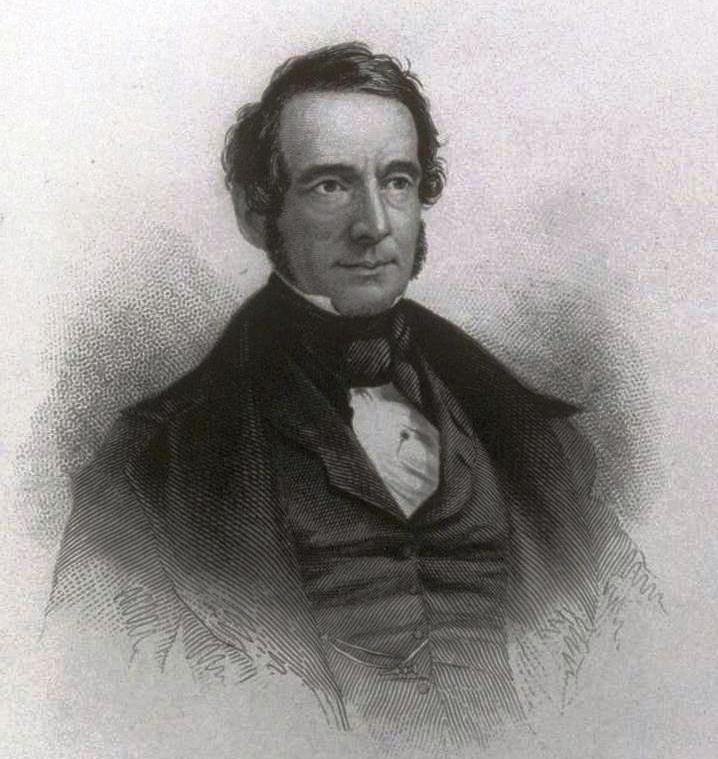
Walter Colton, a US Navy chaplain, served as the first American Alcalde of Monterey from 1846 to 1849.
In his role, he wore many hats, including judge, jail warden, and framer of California’s constitution.
He believed rehabilitation could be earned through honest hard work.
Colton promoted equal punishment regardless of social status and saw the need for a place to hold those convicted of crimes.
He was also far ahead of his time, believing in the concept of classification, keeping first timers away from the influence of career criminals.
When tasked with punishing a teen male charged with horse theft, he worried about where to place him.
“We have no house of correction, and to sentence him to the ball and chain on the public works, among hardened culprits, was to cut off all hope of amendment, and inflict an indelible stigma on the youth,” he wrote.
He decided to place punishment in the hands of the teen’s father, who was also running afoul of the law. Rather than incarceration or labor, the punishment was to be 24 lashes with a rope. Reaching 12 lashes, Colton stopped him.
“You can never chastise him into the right path and continue yourself to travel in the wrong,” he told the father.
Read the 2018 Unlocking History story on Walter Colton.
Veterans acquired, oversaw prison ship Waban
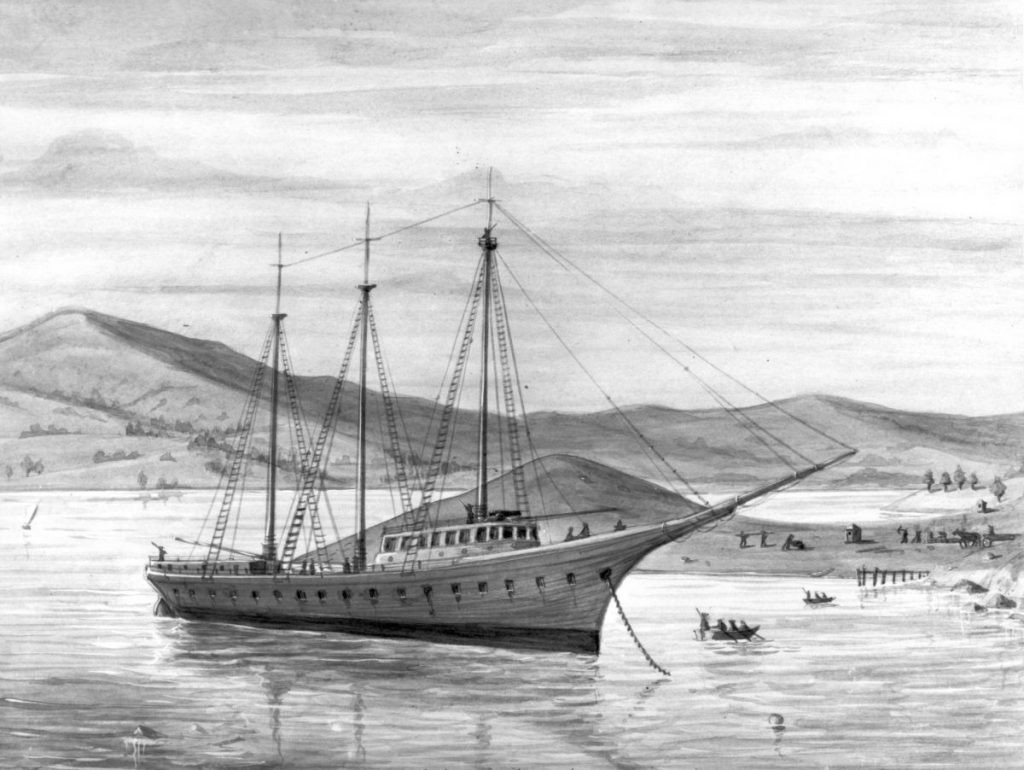
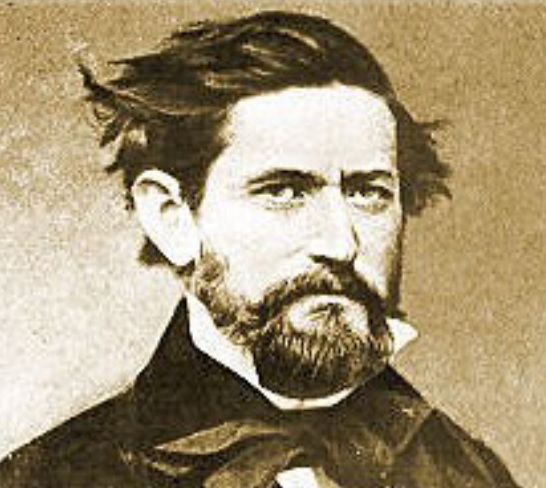
The Waban was purchased by San Francisco Sheriff John Coffee “Jack” Hays, a former Texas Ranger and military veteran of the Mexican American War. He, like many others, arrived in California during the 1849 Gold Rush.
After acquiring the Waban, the ship needed to be converted to a prison. For that, Sheriff Hays needed lumber. The San Francisco Maritime Museum has a receipt for 5,550 feet of redwood, used to create cells on the ship.
In December 1851, he received the first 40 incarcerated people and sailed to Angel Island.
Read the story about ships serving as the state’s first prisons.
Early prison contractor hires military veterans
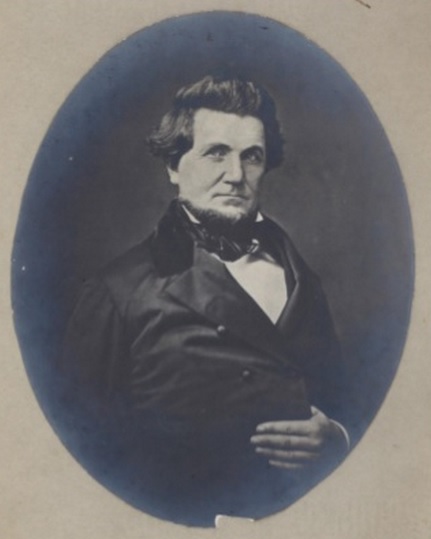
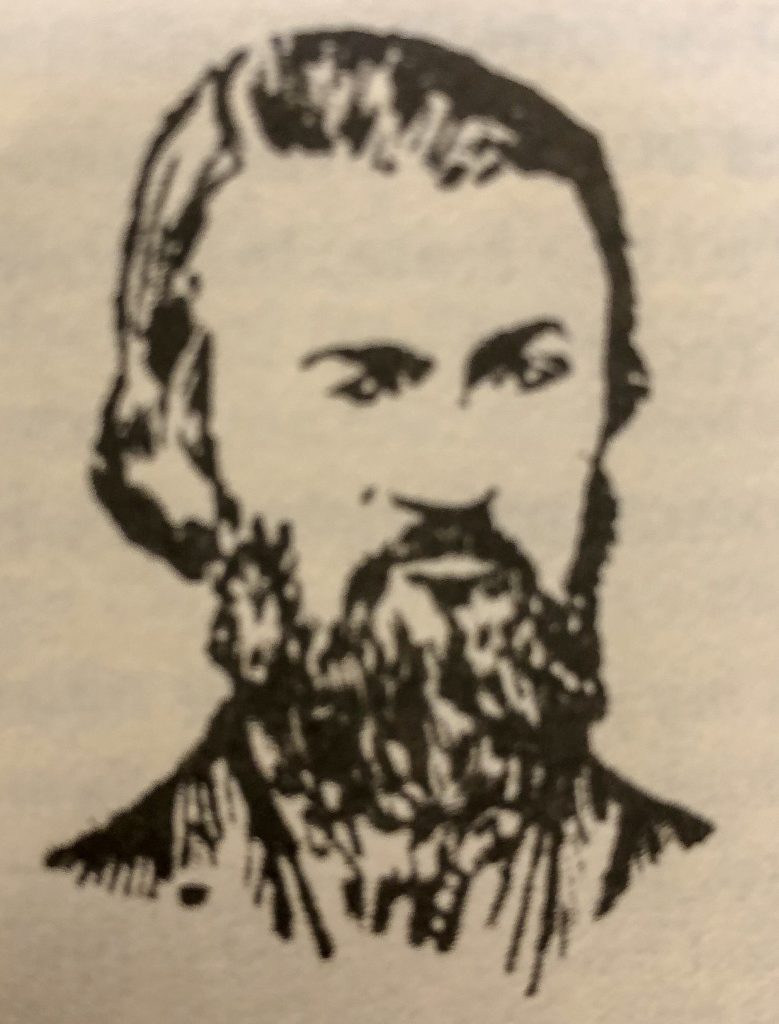
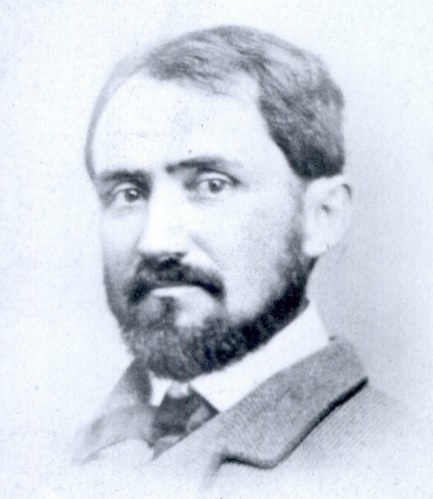
Gen. James Estelle, a veteran of the war with Mexico, acquired the contract to run the state prison at San Quentin. To help bring a sense of order to the fledgling prison, Estelle began recruiting other military veterans.
“The guards are composed of picked men, and are commanded by Capt. Asa Estes, an old mountaineer,” reported the Daily Alta California, Dec. 1, 1854. “The prison is situated upon a hill, overlooking the bay and is a solid, beautiful piece of masonry.”
Estes served as a guide for the military prior to joining the prison staff.
William “Bill” Byrnes, a former California and Texas Ranger as well as a veteran of the Mexican American War, was hired as the Captain of the Mounted Unit, according to prison records.
Read more about Capt. Bill Byrnes.
Military veteran Alfred Taliaferro, who also rode with Byrnes, arrived in California during the Gold Rush in 1849.
When San Quentin Prison opened in 1852, Taliaferro became the first prison doctor. He was elected to the California State Assembly, serving in 1853 and 1854. Later, he served in the State Senate until 1858.
Prior to the permanent prison’s construction, Taliaferro visited incarcerated people aboard the prison ship, Waban.
Read Dr. Taliaferro’s full story.
Russell was explorer, soldier and early San Quentin guard

As a young man, Robert Eugene Russell crossed the country with explorer John C. Fremont, helped lead a group of besieged soldiers to safety, served as witness to the first session of the state Legislature, testified in a court-martial in Washington, D.C., and later worked as a guard at San Quentin.
“In 1845, Russell joined Fremont’s topographical engineers and came out to California. (After war was declared against Mexico), he was transferred to Fremont’s mounted battalion, volunteers,” reported the San Francisco Call, reflecting on his life, June 14, 1894.
At Santa Barbara in 1846, with the Mexican army approaching, 22-year-old Russell refused to surrender, instead persuading the nine-member garrison to flee to the nearby hills.
From there, Russell and his fellow soldiers harassed the Mexican military, raiding supplies, ambushing patrols. The garrison was finally forced out of the area after the Mexican army set fire to the surrounding hills.
After the war, Russell was appointed to serve as sergeant-at-arms of the first Legislature held at San Jose in 1849.
Russell again served in the military during skirmishes with Native American tribes in the early 1850s. In 1856, Estelle recruited Russell to serve as a guard at San Quentin. He was in the position for three years.
Read the original 2019 Unlocking History story on Russell.
Immigrant, Civil War veteran promotes rehabilitation
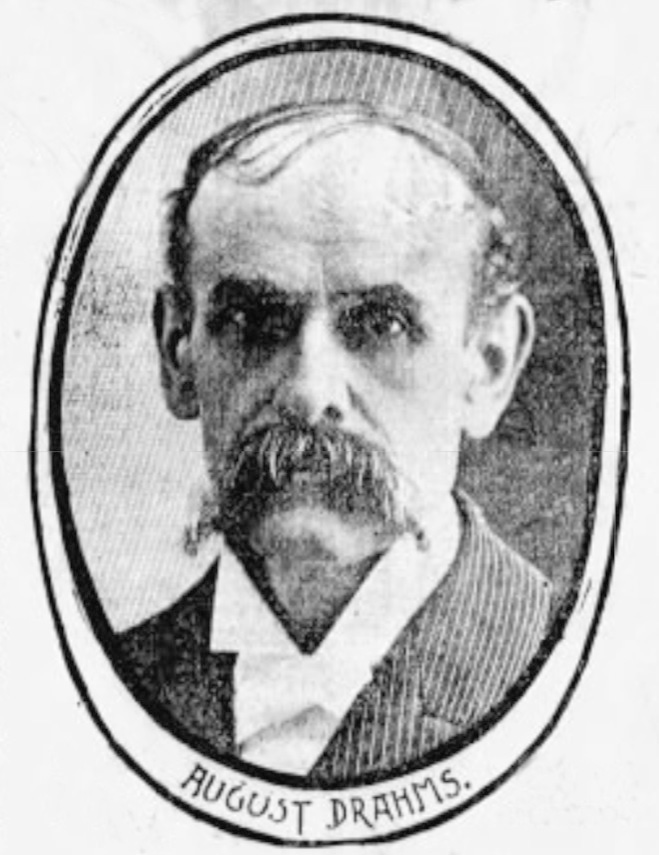
August Drahms, an immigrant and veteran of the Civil War, served as one of the early prison chaplains at San Quentin, from 1890 to 1910.
“The chief value of incarceration should lie in the rational corrective measures (such as) educative facilities, psychological and industrial, that may … eventually result in moral and social rehabilitation,” San Quentin Chaplain Drahms wrote in 1900.
He believed new prisons with different focuses would best serve the prison’s mission. He also advocated against harsh punishment methods in use at the time.
“Prisons should be (separated) for first offenders and habitual criminals with each institution varying widely and radically as to their construction, policy, and managerial requirements, (as well as) in the treatment and methods of handling inmates,” he wrote. “(For repeat offenders), prison should not by any means be a place of ease and comfort, but of hard labor and healthy (food), with a correspondingly strict regime, without (stomping) upon the inmate’s sense of self-respect.”
Read the 2019 Unlocking History story focusing on early rehabilitation advocates.
Learn more about California prison history.
Follow us on YouTube, Facebook and Twitter.
This post was originally published on this site be sure to check out more of their content.








